Drilling
Cold drilling is a common technique used in metalworking. Used with fixed tools, called column drills or with manual tools commonly defined drills; In both cases, through the pressure of the tool or the operator, a hole is made on the profile used by the use of rotating tools, such as, for example, twist drills, reamers, blades, taps and dies.
The different types available are the following:
Column
The column drill is composed of a base on which a column is fixed; on this is applied the work surface, or a cast iron table where the pieces to be worked are fixed. A vice can be fixed on the surface; it can scroll vertically and rotate. The operating mechanism can be rack or hydraulic. The small versions are positioned on a work table, while the large ones have the base resting on the ground. At the upper end of the column there is the head of the drill, where all the moving mechanical parts are located. There is the speed change unit, which can be with belts or gears; the belt drive is usually used for drills with manual feed or with drills with a diameter of less than 30 mm, while the gear transmission is usually used on drills with automatic feed, or where the drills exceed the diameter of 30 mm (this is because the belt transmission mainly exploits a form of rolling friction and tends to “slip” if subjected to very high loads). An electric motor generates the driving force transmitted by belt or gears to the spindle, i.e. the rotating shaft on which the tools are fixed. The spindle moves vertically and is connected to a rudder, which moved by the operator in a circular direction allows the tool to rise or fall.
Percussion
Many portable drills have the percussion function, practically indispensable for drilling stone and concrete: using specific helical drills, activating this function, the spindle adds a rapid swinging motion to the rotary motion, axial to the tip, behaving like a hammer having a mass equivalent to that of the drill. Precision self-locking chucks are available, replacing the ones supplied, very comfortable to use, for a greater clamping force of the tip without the need for a key; with these, however, it is good to avoid the percussion function, which would lead to premature wear of the spindle. A precaution to be adopted with key spindles, and in particular with large diameter drills, consists in tightening all three key engagement points. Given their low clamping force, the tip tends to rotate easily between the jaws of the spindle. Having these the cemented or tempered surface, or extremely hard, the shank of the tip, if this is of low quality, would undergo a turning, ruining the surface. This phenomenon does not occur in high quality tips, made entirely of super rapid steel; in this case the tang resists abrasion of the jaws. The only consequence of the rotation between these is the change of color of the shank, due to the high temperature reached by friction. For demanding jobs, both DIY and professional, there are types of portable drills suitable for drilling reinforced concrete and stone. For the installation of metal anchors in reinforced concrete structures, a drill called a hammer drill is usually used. To make large diameter holes in reinforced concrete, as in the case in which water pipes have to pass through a load-bearing wall, it is preferable to use a tool called a “breaker”; the technology of this tool consists of two distinct functions that can be selected on the spot: demolition chisel or impact drill, the efficiency of the tool, i.e. the speed of drilling, a consequence of the hammer force, is shown in the specifications declared by the manufacturer, expressed in Joule . These types of drills adopt drill bits shaped differently from the normal ones, both in the graft tang and in the shape and angle of the cutting edge, which can be multiple inserts, therefore not compatible with those of the normal drill. The most common standards are two, “SDS plus” for inserts intended for medium-duty machining and “SDS max” for inserts intended for more demanding machining, the spindles and inserts are obviously incompatible with each other, the use of the multiple cutting edge compared to the classic double-edged plate, it gives the hole made a more uniform cylindricity. To drill holes of even larger diameter, a tool called core drilling machine is used, used exclusively in the professional sector, which uses cylindrical tools available in various diameters and lengths, called core bits or toothed crowns, as cutting elements.
Portable models
They are handy versions, equipped with a motor driven by line current or by autonomous batteries.
The former, with powers ranging from a few hundred watts to over 2 kilowatts, are suitable for demanding drilling on metal, stone and concrete. Versions with variable working speed are available, an almost indispensable feature in cases where generic use of the tool is envisaged. Two examples on the use of the minimum and maximum speed: the drilling of stainless steel, given the extreme toughness of this alloy, obliges to keep the advance of the cutting edge of the tip slow, because even if this is in HSS (super rapid steel ) to cobalt and the cutting area is lubricated with oil, the friction value is such that high speeds easily lead to the melting of the tip; at the opposite extreme, there is the drilling of the wood, in which the higher the rotation speed of the tip, the less the risk of chipping on the edge of the hole. For hobby use, bench supports are available, suitable to allow their use as if they were column drills: the cheaper ones use the lever system, while the rack supports, more precise and easier to use, are more expensive. The main parts from which a portable drill is made are: the outer casing called the casing, a motor formed by an armature or rotor and a stator, a switch, a mechanical part formed by the gears and a spindle.
The less powerful cordless drills have the advantage of not needing an electrical outlet to work. They have a quick replacement battery which, based on the storage capacity, allows you to work for a certain time. When the charge is exhausted, the battery must be replaced with a charge, and the batteries are usually rechargeable via a special power supply supplied with the drill. An indirect datum to evaluate the power and the working life of the battery is its voltage value, which can vary between 9, 12, 18 and 24 V. A high voltage value provides more power and allows you to work longer before of having to replace the energy source. Since they do not develop very large forces, they all have a self-locking chuck, i.e. a key is not required to tighten the tip. An almost always present function is the reversibility of rotation, useful, using the appropriate inserts, to unscrew wood screws, which can be activated by means of a lever or button, which, by operating a switch, invert the polarity of the current sent to the motor, then rotating it in the opposite direction. One last important consideration to be made on all electric tools and therefore also for drills: it is normally declared by the manufacturer that a certain tool or drill has a power, for example, of 1000W (watts). This indication is formally incorrect since, in fact, the characteristic we are shown is not the power but the absorption of the tool; the real power output is around 50% of the power absorbed, except in some cases.


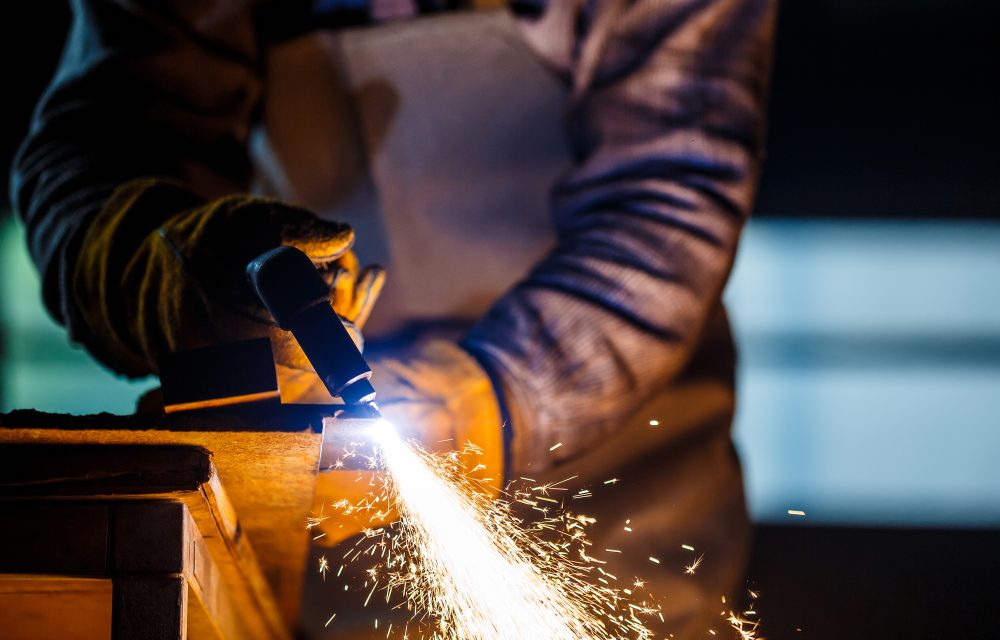
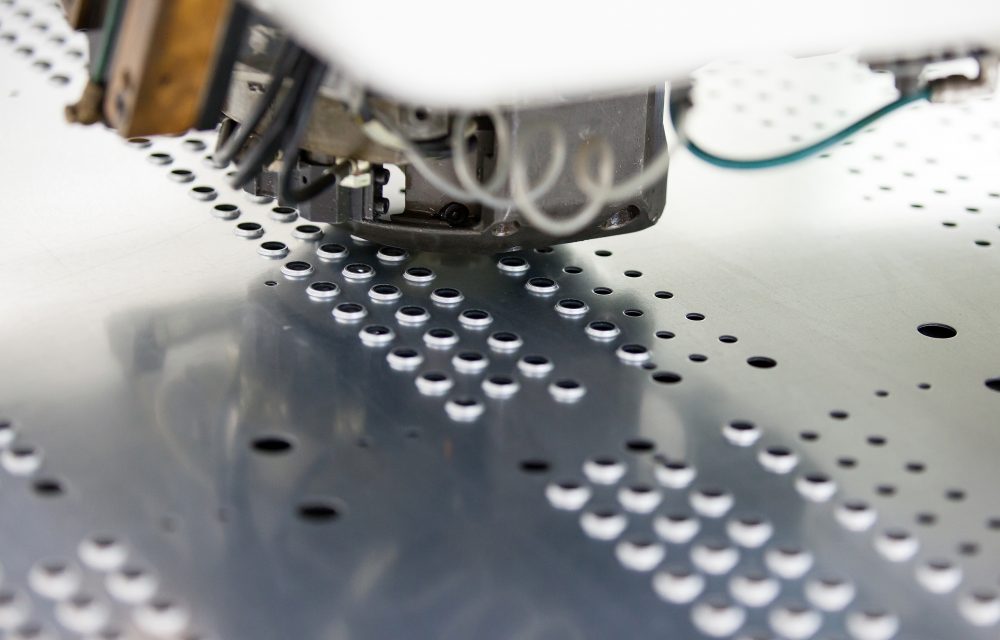

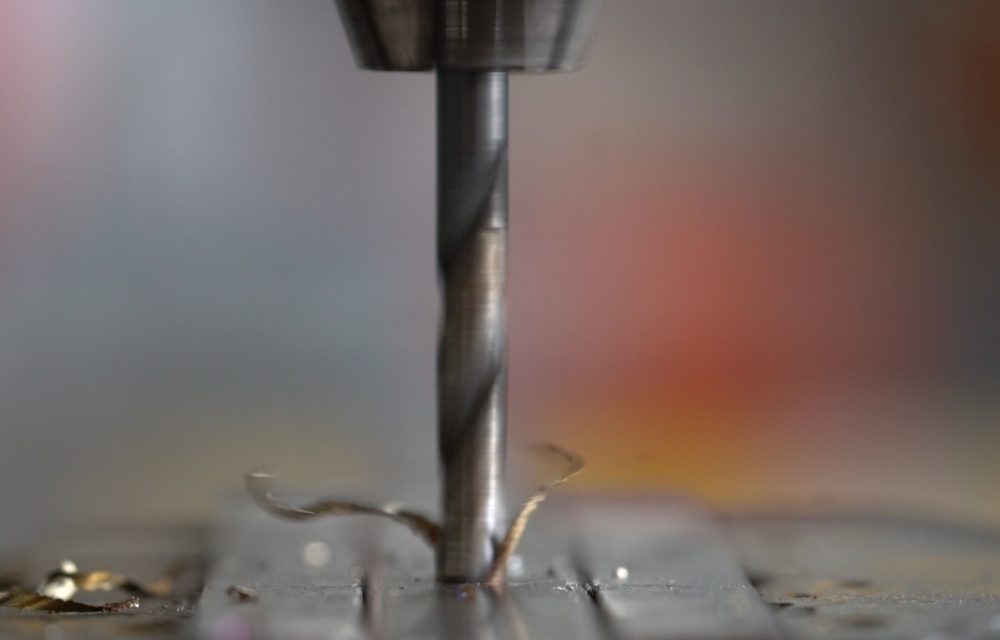
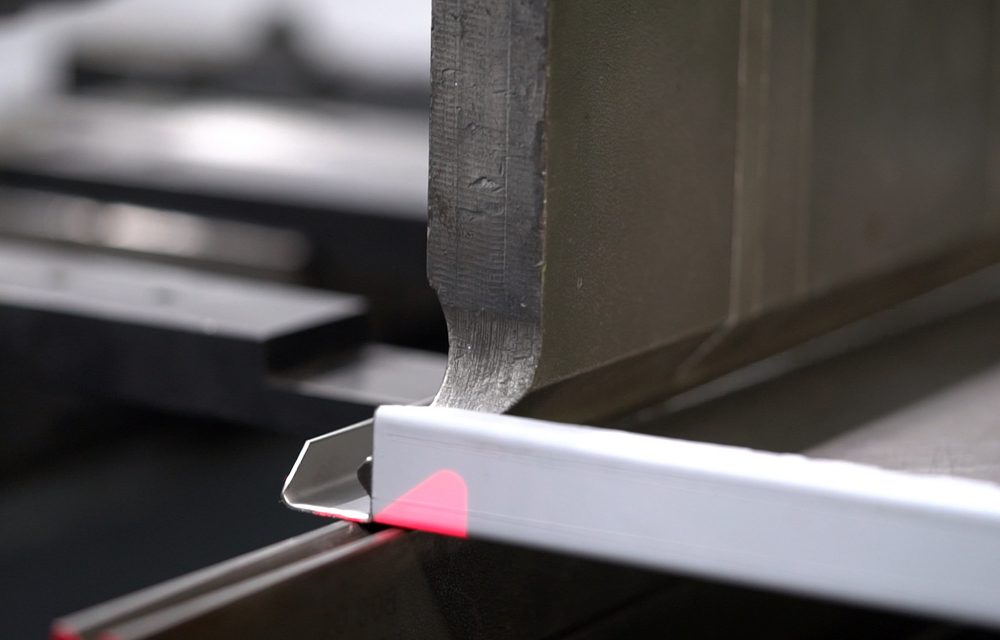
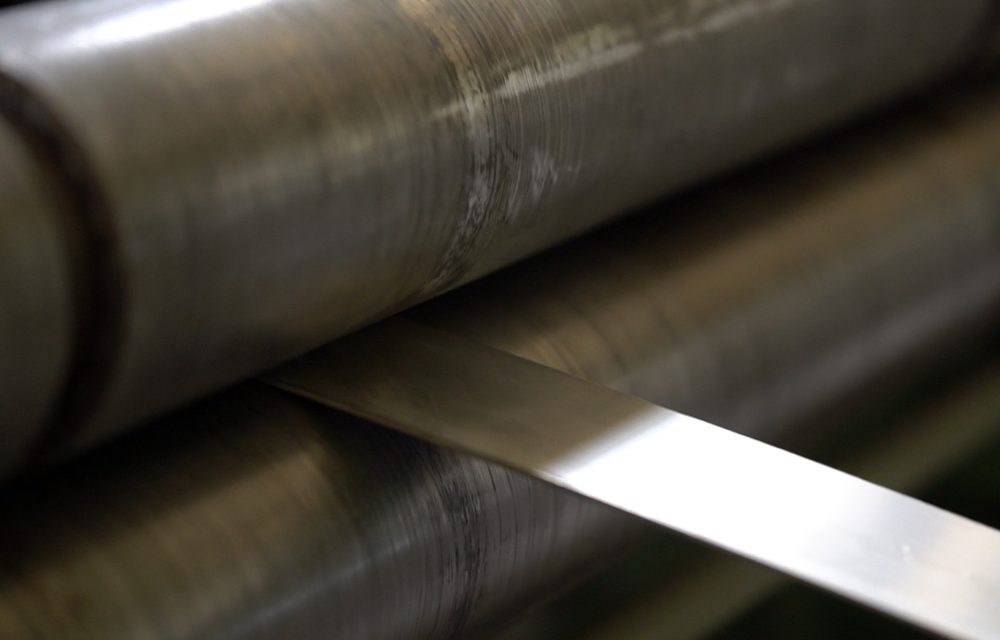
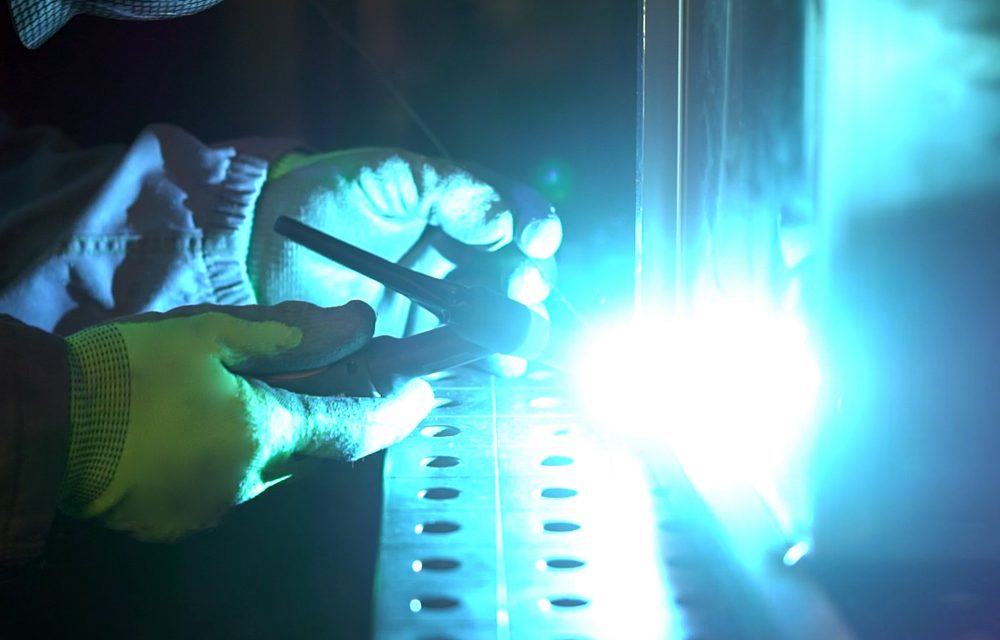


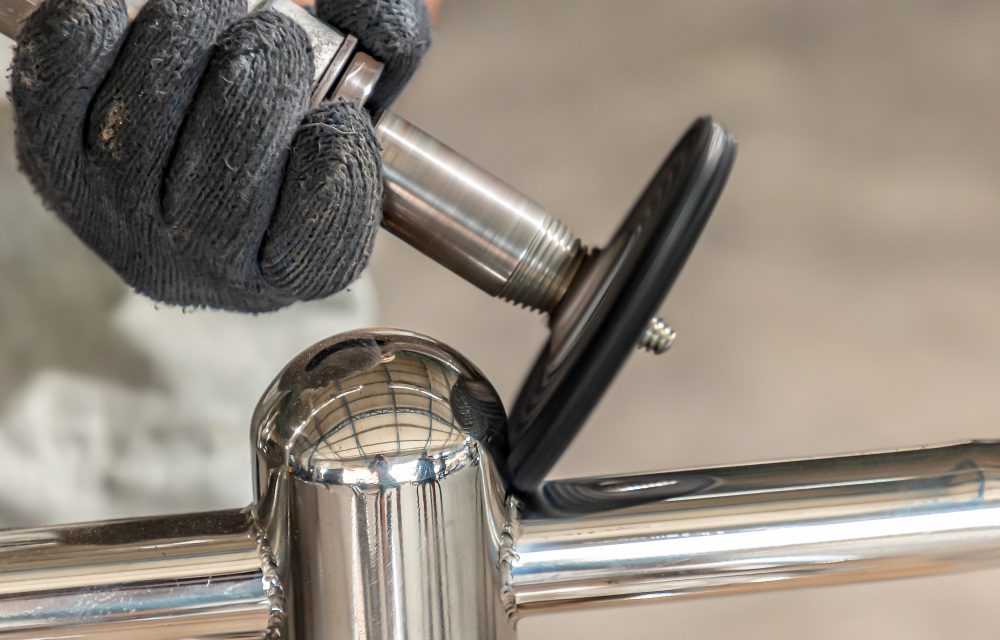

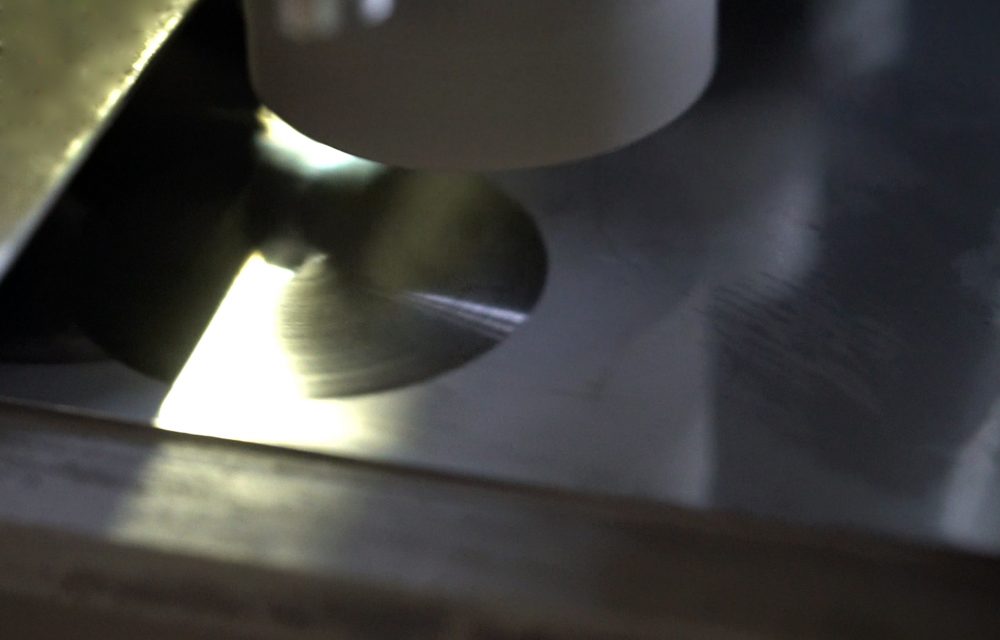
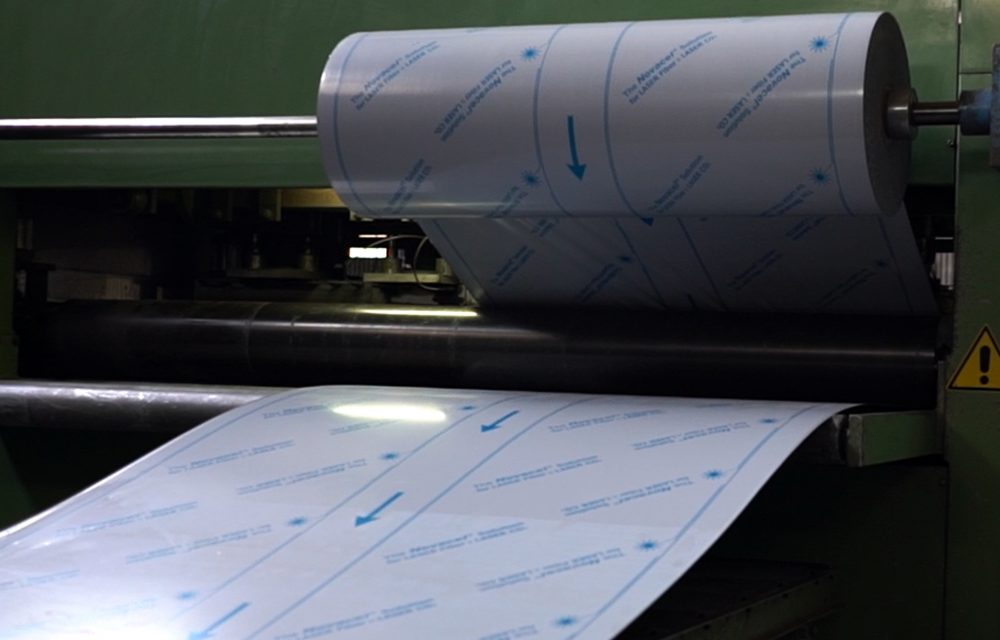
 No products in the cart.
No products in the cart.